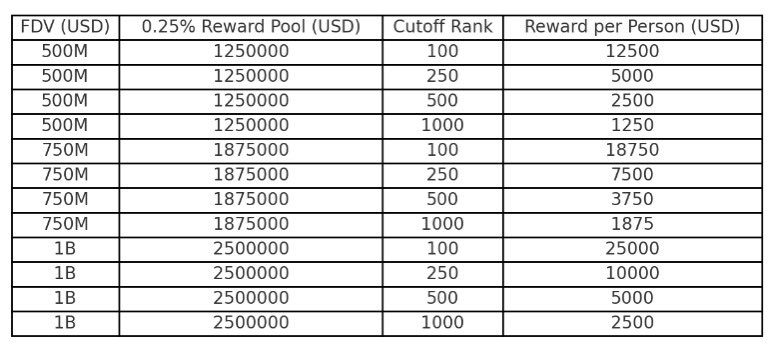The Power of Analysis in Modern Communication
The Hook of Analysis
In today’s fast-paced, data-driven world, the term “analysis” has become a cornerstone of modern communication. Whether it’s deciphering market trends, understanding social behaviors, or making informed decisions, analysis has become an indispensable tool. But what exactly does it entail, and why is it so powerful? Let’s embark on a journey to unravel the fascinating world of analysis.
The Art of Breaking Down Complexity
What is Analysis?
At its essence, analysis is the process of dissecting complex information into smaller, more manageable parts to gain a deeper understanding. Imagine it as solving a jigsaw puzzle: each piece represents a piece of data, and by putting them together, you reveal the bigger picture. This process is applicable across a myriad of fields, from scientific research to literary criticism and social sciences.
The Role of Analysis in Decision Making
Analysis is pivotal in decision-making. By examining data and trends, individuals and organizations can make informed choices. For example, financial analysts scrutinize market data to predict trends and advise investors on optimal investment strategies. Similarly, social analysts study behavioral patterns to understand societal trends and inform policy-making. This structured approach to decision-making helps mitigate risks and capitalize on opportunities.
The Science Behind Analysis
Data Collection and Interpretation
The first step in any analytical process is data collection. This involves gathering relevant information about the subject at hand. Once the data is collected, it needs to be interpreted. This is where the analytical magic happens. Analysts employ various tools and techniques to make sense of the data, identifying patterns, trends, and anomalies. This interpretation is crucial as it transforms raw data into actionable insights.
Tools and Techniques
There are numerous tools and techniques used in analysis. Some of the most common include statistical analysis, data mining, and machine learning. These tools help analysts process large amounts of data quickly and accurately, making it easier to draw meaningful conclusions. For instance, statistical analysis can reveal correlations and causal relationships, while data mining can uncover hidden patterns within large datasets. Machine learning algorithms can predict future trends based on historical data, providing valuable foresight.
The Impact of Analysis on Society
Predicting Market Trends
One of the most significant impacts of analysis is in the financial sector. By analyzing market data, analysts can predict trends and advise investors on where to allocate their funds. This can lead to substantial profits, as seen in various financial reports. However, it’s important to note that while analysis can provide valuable insights, it’s not infallible. Markets are influenced by a multitude of factors, many of which are unpredictable.
Understanding Social Behaviors
Analysis also plays a crucial role in understanding social behaviors. By studying patterns and trends, analysts can gain insights into societal issues, inform policy-making, and drive social change. For example, analyzing social media data can reveal public sentiment towards a particular issue, helping policymakers craft more effective responses. This kind of analysis can be instrumental in addressing social challenges and fostering a more informed and equitable society.
The Future of Analysis
The Rise of Big Data
As we move into the future, the role of analysis is set to become even more critical. With the rise of big data, we have more information at our disposal than ever before. This presents both opportunities and challenges. On one hand, it allows for more accurate and detailed analysis. On the other hand, it requires sophisticated tools and techniques to process and interpret the data. Big data analytics can provide deeper insights into consumer behavior, market trends, and social dynamics, but it also demands advanced computational capabilities and expertise.
The Role of AI and Machine Learning
Artificial Intelligence (AI) and machine learning are poised to play a significant role in the future of analysis. These technologies can process vast amounts of data quickly and accurately, identifying patterns and trends that would be impossible for humans to spot. This could revolutionize fields as diverse as healthcare, finance, and social sciences. For instance, AI-driven diagnostic tools can analyze medical data to predict diseases, while machine learning algorithms can optimize investment portfolios based on market trends. The integration of AI and machine learning in analysis is set to unlock new possibilities and drive innovation across various sectors.
Conclusion: The Power of Insight
In conclusion, analysis is a powerful tool that helps us make sense of the world around us. From predicting market trends to understanding social behaviors, it plays a crucial role in decision-making and driving change. As we move into the future, the role of analysis is only set to become more important. So, the next time you hear the word “analysis,” remember that it’s not just about breaking down complex information. It’s about gaining insight, making informed decisions, and driving change. Embrace the power of analysis and unlock the potential it holds for a better, more informed world.











